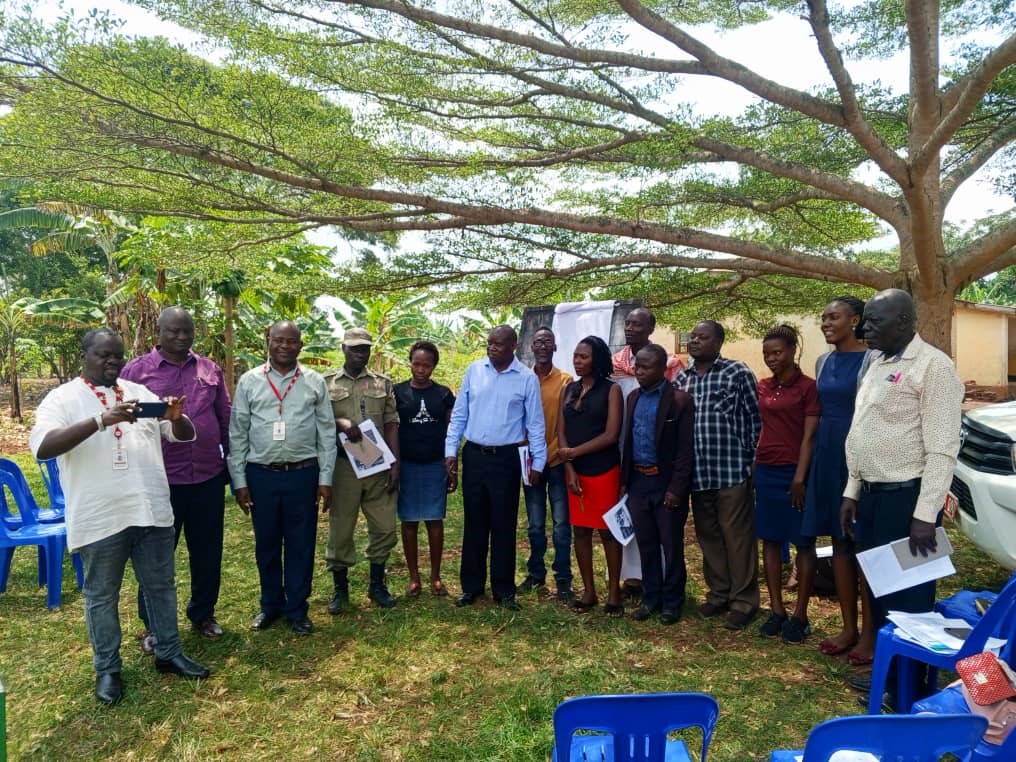FLEP’s Effectiveness in Reducing Malaria in Kamuli District
The sources provide information about the activities of the Family Life Education Program (FLEP) in Kamuli District, focusing on its implementation and achievements but lack explicit data on its effectiveness in reducing malaria cases.
Breakdown of FLEP’s activities and their potential impact on malaria reduction:
- Household Assessments and Follow-ups: FLEP conducted 21,477 household follow-up visits across eight high malaria burden sub-counties in Kamuli District. During these visits, they addressed five malaria indicators: net condition, net use, knowledge and symptoms, treatment-seeking behavior, IPTp coverage, environment, and entry points.
- Integrated Community Dialogues: FLEP organized 80 community dialogues, reaching 3,197 people. These dialogues focused on social behavior change (SBC) messages about malaria prevention, causes, and household responsibility. Some dialogues integrated malaria testing and treatment, with 344 people testing positive and receiving treatment.
- Recognition System for Malaria Smart Homes: FLEP established a system to recognize 196 “Malaria Smart Homes” that achieved and sustained malaria reduction. These homes were rewarded with tools and mosquito nets.
- Other Activities: FLEP conducted VHT mentorship, line listing of malaria hot spot villages, and participated in the formation of sub-county Malaria task force committees.
Potential Impact on Malaria Reduction:
While the sources don’t present malaria case data to directly measure FLEP’s impact, the program’s activities suggest a potential for malaria reduction through:
- Increased knowledge and awareness: Community dialogues and household visits likely improved community members’ understanding of malaria prevention, transmission, and treatment.
- Improved malaria prevention practices: By promoting net use, environmental management, and other preventive measures, FLEP aimed to reduce malaria transmission at the household level.
- Early detection and treatment: Integrating testing and treatment within some dialogues facilitated early case management, potentially preventing severe disease and further transmission.
Limitations:
- Lack of Malaria Case Data: The sources do not provide information on malaria incidence or prevalence in Kamuli District, making it impossible to directly assess FLEP’s impact on malaria reduction.
- Attribution Challenges: Even with malaria case data, attributing changes in malaria burden solely to FLEP’s activities would be challenging, as other factors influence malaria transmission.


